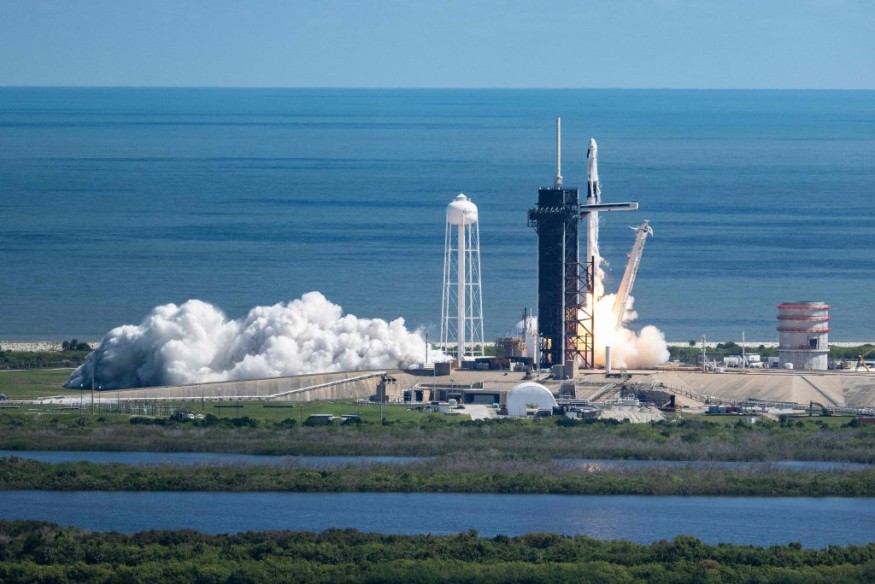SpaceX just successfully launched two Falcon 9 rockets the other when the flight on Thursday, October 6, was automatically aborted. One of the flights was from Kennedy Space Center that carried the four-member Crew-5 mission to the International Space Station (ISS), and the other one was seven hours later that carried Starlink satellites from California.
The recent Falcon 9 rocket launch will liftoff from Space Launch Complex 40 at Cape Canaveral, Space Force Station in Florida. The rocket is carrying the Galaxy 33 and Galaxy 34 geostationary communications satellites of Intelsat.

Helium Leak Triggered Automatic Termination of Scheduled SpaceX Falcon 9 Liftoff
Florida Today reported that SpaceX originally planned to conduct three Falcon 9 launches within three days, but that was no longer possible after the automatic shutdown of the rocket on its flight on Thursday just seconds before liftoff.
The rocket launched an abort auto-sequence just after the 30-second reminder was called off. Engineers said that the computer-controlled process shut down launch operations and was forced to scrub the Thursday liftoff with an attempt to fly on another day.
The flight was supposed to take place on October 6 at 7:20 om EDT, and now SpaceX plans to launch no earlier than Friday, October 7 at 7:06 pm EDT.
SpaceX's launch director explained the reason for the canceled liftoff of the Falcon 9 rocket. He said that it was because of a higher-than-expected reading of cryogenic helium decay. Elon Musk, the CEO of SpaceX, also tweeted to clarify that a tiny helium leak triggered the abort and that an investigation is now underway.
Meanwhile, Space Force forecasters with Space Launch Delta 45 reported that there could be a few passing clouds and a possibility of a rain shower on the next expected date. Nevertheless, they think that a similar pattern will be implemented on Friday evening with a few passing clouds overhead. SLD predicted that weather conditions should be about 90% good for a rocket launch on Friday night.
READ ALSO : SpaceX's Falcon Heavy Set To Fly Again Later This Month for a US Space Force Mission After Three Years
Crew-5 Mission Arrives at the ISS
The four members of the Crew-5 mission, namely NASA astronauts Nicole Mann and Josh Cassada, JAXA astronaut Koichi Wakata, and Roscosmos cosmonaut Anna Kikina docked at the ISS on October 6 at 5:01 pm EDT while the spacecraft flies 258 miles in west Africa.
According to NASA, the crew aboard the Dragon Endurance spacecraft and the orbiting laboratory began their standard leak checks and pressurization between spacecraft following the Dragon's link to the Harmony module to prepare for the hatch opening.
The four of them will join Expedition 68 crew members composed of NASA astronauts Bob Hines, Kjell Lindgreen, Frank Rubio, and Jessica Walkins, as well as ESA astronaut Samantha Cristoforetti, and Roscosmos cosmonauts Dmitri Petelin and Sergey Prokopyev. As of now, there are 11 crew members inside the space station until Crew-4 members will depart.
At 6:49 pm EDT, the four Crew-5 members entered the space station following the Dragon hatch opening. They were welcomed by fellow astronauts and cosmonauts aboard the ISS.
RELATED ARTICLE: SpaceX Has Postponed Starlink Rocket Launch On Wednesday Evening Due to Bad Weather
Check out more news and information on SpaceX in Science Times.
© 2025 ScienceTimes.com All rights reserved. Do not reproduce without permission. The window to the world of Science Times.








